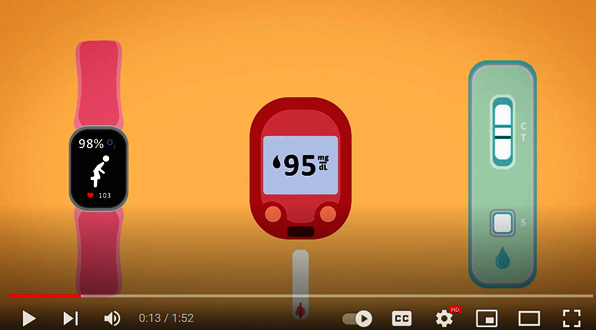With light into the nanoworld
How optical microscopes allow detailed investigations of nanoparticles for biosensing
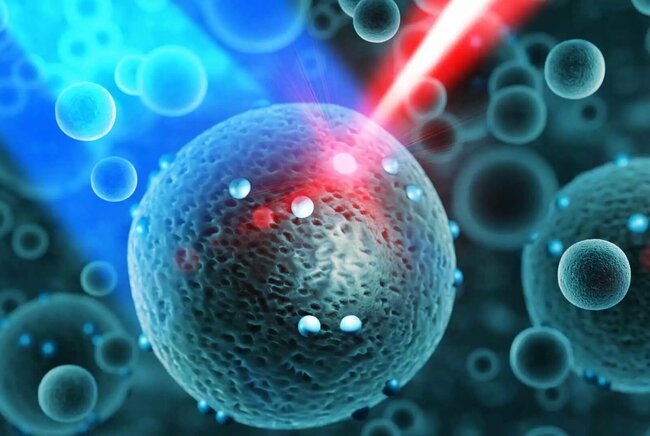
It sounds like trying to scan a record with a hammer: light is actually too "coarse" to image small particles on the nanometer scale. However, in their project "SuperCol"- funded by the European Union - scientists want to achieve just that: investigate nanoparticles with light. Using a combination of super-resolution microscopy and electron microscopy, the scientists can now determine the position of molecules on the surface of nanoparticles much more precisely. In the future, this could enable new biomedical applications such as biosensing. The first results of the SuperCol project will be presented at an event of the European Materials Research Society on June 1st in Strasbourg.
Nanoparticles are small elements with a size in the range of a few tens to hundreds of billionths of a meter. Ideally, the surfaces of these nanoparticles are provided with molecular puzzle pieces, which allows them to dock only to the targeted biomolecules or cells in the body. These puzzle pieces are called functional sites.
The nanoparticles form a wide-ranging field of research. One of the applications is biosensing, a technology that has become vitally important in the past years during the pandemic. “A biosensor that we have all used is the COVID rapid test, which utilizes very small gold nanoparticles to generate a pinkish stripe on the sensor to indicate that you have tested positive,” Peter Zijlstra explains. He is coordinator of the SuperCol consortium and leads the Molecular Plasmonics research group at Eindhoven University of Technology.
Zijlstra applies super-resolution microscopy to better understand the particles used in biosensors such as the COVID rapid test. New biosensors, which are easy in use, are urgently needed for a wide range of diseases, as is explained in the video below.
On to higher resolution
But studying such particles and the molecules on their surface is difficult: light is basically too “coarse” to image such particles with a normal light microscope. Zijlstra: “Instead of moving a needle over a record to produce music, imagine using a hammer and wondering why no sound is coming out.”
Visible light in the range from UV to infrared can at most resolve particles with a size of 200 nanometers – 200 billionths of a meter. Too large to determine where, for example, a molecular puzzle piece sits on its surface let alone to determine their number.
Therefore, the researchers used a method that won them the 2014 Nobel Prize in Chemistry. In what is known as "super-resolution microscopy", small fluorescent particles called fluorophores are used and, in the case of nanoparticles, attached to molecules on its surface.
These fluorophores have the property of blinking statistically in a microscope. The position of this blinking signal can be detected much more accurately than would be possible with conventional optical microscopy. “Super-resolution microscopy is kind of looking at a yellow soccer ball from a large distance, and realizing that the soccer ball actually has green and blue patches after you put on your glasses,” explains Zijlstra.
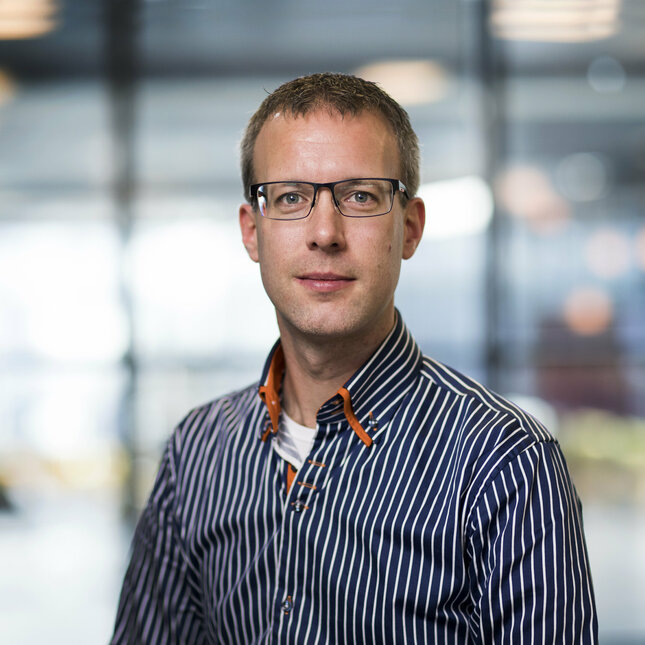
Using computer power to get to the truth
However, the image of the nanoparticle obtained in this way is only half the truth. Nanoparticles have properties that can distort this image. A phenomena called resonance, brings also part of the nanoparticle to glow, and not only the fluorophore.
To understand this distortion, the scientists imaged nanoparticles using an electron microscope next to the optical microscopy that uses conventional light. While electron microscopy provides the "true" position of the docked molecule, physical effects in the light microscope lead to a shift. After correlating the electron and optical microscope images, researchers now have a detailed understanding of these shifts.
This understanding then allows to correct for these shifts and to bypass the electron microscope altogether. Zijlstra concludes: “SuperCol now has developed super-resolution microscopy methods that works with only light, but with a resolution that comes close to that of an electron microscope. This will allow nanoparticles to be studied more precisely and comprehensively in the future, leading to new biomedical applications and better biosensors.”
The SuperCol ITN project plans to get a closer look at colloidal surfaces both visually and with receptor chemistry in order to aid development of these particle systems. The project consists of 15 Early Stage Researchers (ESRs), who form a research team that is embedded in leading industrial and academic R&D labs. Peter Zijlstra from Eindhoven University of Technology leads the project, that is funded by the Horizon 2020 Marie Curie Actions of the European Commission.
Media contact
More on Health
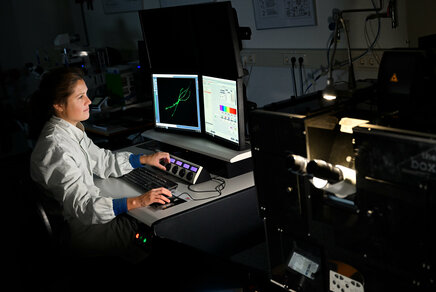
![[Translate to English:] [Translate to English:]](https://assets.w3.tue.nl/w/fileadmin/_processed_/e/9/csm_BvOF%20sluitstuk%20Luuk%20van%20Laake%203_c4df17db41.jpg)
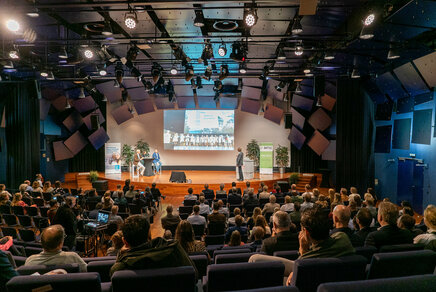
Latest news



